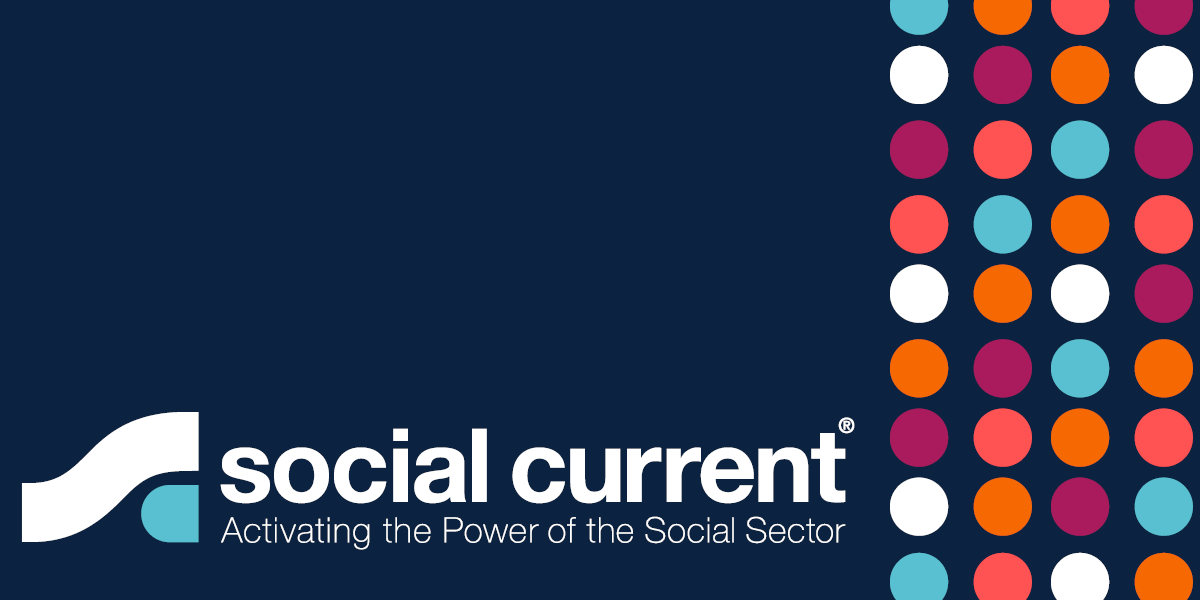Community
Social Work and Environmental Justice: A Natural Partnership
“I want to make the world a better place. I want to help vulnerable people in my community. I want a career where I feel like I’m making a difference.”
Are any of those sentiments familiar to you? They are to me and to many of the social workers I know. After all we were drawn to this profession for those reasons. After completing school, many of us found work in social services and therapeutic clinical settings. We take the skills we’ve acquired in life and in school out into our chosen field of practice – schools, non-profit organizations, mental health clinics – and we employ our strengths-based, person-in-environment framework to engage clients and communities in meeting their goals and improving their circumstances.
When we look at what we call our environments, however, our focus as social workers leans heavily on our social environments, and looks less at our natural environmental landscape and the impact that nature has on us as human beings and on our communities at large.
As a result, historically, social work has mostly seemed to leave the work of environmental justice to others. We’re doing so much already, we’re not superheroes! If we shift our thinking a bit however, and begin to examine the connection between the natural environment and our clients’ well-being, there is a strong case to be made that the environmental justice work that’s being done is more related to our mission as social workers than ever before.
Environmental justice
The concept of environmental justice isn’t new, but in my experience, it’s not something that is discussed very often within the framework of social work. Here’s a quick layman’s overview pulled together by this laywoman. The Environmental Protection Agency has defined this concept as “The fair treatment and meaningful involvement of all people regardless of race, color, national origin, or income, with respect to the development, implementation, and enforcement of environmental laws, regulations, and policies.”
From the social work perspective, the Council for Social Work Education developed a nuanced definition emphasizing not only the equal involvement and treatment of all people, but the right of all people to high levels of environmental protection: “Environmental justice occurs when all people equally experience high levels of environmental protection and no group or community is excluded from the environmental policy decision-making process, nor is affected by a disproportionate impact from environmental hazards. Environmental justice affirms the ecological unity and the interdependence of all species, respect for cultural and biological diversity, and the right to be free from ecological destruction. This includes responsible use of ecological resources, including the land, water, air, and food.” By emphasizing not only that all people have the right to be treated equally, but that all people have the right to be treated well, the focus is not only standing for equality. Its also standing up for all of us and our quality of life on earth.
When you begin to look at the connection between the natural environment and climate, and how this matters to social work, and the communities we serve, it’s pretty straightforward. Consider these scenarios: oil spills, air pollution, hurricanes and then of course Flint, Michigan. Way back in 1987, when some of us were in diapers and some of us were in hair bands, Toxic Wastes and Race in the United States showed that race was “the single most important factor in determining where toxic waste facilities were sited in the United States.” In the years since this study, mounting evidence has developed around the connection between environmental issues and racial and socio-economic justice issues and awareness of the intersection between these areas has grown. We now know that “people from marginalized and underserved communities are disproportionately impacted by climate change, drought, and pollution.”
The bottom line: this is another factor negatively impacting the communities we work to serve.
Nurturing through nature
So, that was a bummer. On the flip side though, I think it’s important to highlight that not only are the communities we serve disproportionately impacted when the natural environment is polluted, but that there are many potential benefits that can be gained from interacting with the natural environment. That is, of course, another reason for us to fight to preserve it.
The benefits of exposure to nature are real and spectacular. Whether it is walking in the forest to lower blood pressure or increasing ability to focus, or as this National Geographic article, This is Your Brain on Nature discusses, spending time outside to improve problem-solving, the benefits of exposure to the natural environment have been well documented. The field of ecotherapy for example, explores the therapeutic value of exposure to nature as an alternative tool for improving mental health. Programs like the Fresh Air Fund and Outward Bound provide opportunities for participants to gain skills and experience interacting with nature through immersive programming. And for those interested, COA’s research-based standards for Wilderness and Adventure-Based Therapeutic Outdoor Services outline best practices for implementing services based on this premise.
Social workers are natural helpers
Most of you reading this are probably aware of the unique skill set of social workers, but nevertheless, let’s take an opportunity to remind you (#notsohumblebragalert): social workers are known as strong empathizers, communicators, advocates, and organizers. Those skills are critical in not only traditional social work settings, but valuable in almost any work setting — traditional or non-traditional. And so while we often examine the concept of person-in-environment, (this blog has discussed the impact of built environments), how often do we specifically include our ecological or natural environment? If we choose to use these skills in the environmental justice realm, think of the power that could have to shape not only our built environments, but our natural environment as well. In that regard, a relatively new field, being referred to as Green Social Work, has developed around the emerging realization of the connectedness between our natural environment and our quality of life.
For social workers, how exciting is it to think about how we can use those advocacy skills to fight for access to clean drinking water? We can use our communication skills to break down what can feel overwhelming and hopeless (what if we looked at the way people use aversion of fear as a form of denial not only in our clients’ personal lives, but in regard to these global environmental concerns as well — hello, coping skills 101). And we can use our social justice lens to examine the need for equality not only in regard to social equality, but in regard to natural resource equality.
It’s worth looking at the following statement within the context above — “Social workers should promote the general welfare of society, from local to global levels, and the development of people, their communities, and their environments. Social workers should advocate for living conditions conducive to the fulfillment of basic human needs and should promote social, economic, political, and cultural values and institutions that are compatible with the realization of social justice.” That’s the NASW Code of Ethics in regard to Social Workers’ “ethical responsibilities to the broader society.” It goes on to say that in regard to social and political action, social workers “should engage in social and political action that seeks to ensure that all people have equal access to the resources, employment, services, and opportunities they require to meet their basic human needs and to develop fully.” It’s hard to argue that clean water, air, and land are not part of that tenet.
Team green: How your organization can make a difference
So, what should we do? Take a hike? Well, in the literal sense, YES! In the figurative sense, NO!
As social workers, as leaders of our organizations, as human beings on this planet — starting from our favorite strengths-based perspective — are there ways your organization already takes steps to reduce the environmental impact of its daily operations? Examples might include instituting a recycling program, using environmentally friendly products, and/or reducing water and energy consumption. This is a great start! Give yourself a goldish-green star. To formalize this, if you haven’t already, you might consider creating a Green Team of interested employees who want to work on environmental initiatives for staff inside and outside of the office. Many benefits of this can overlap with those of an employee volunteer initiative, if you have established one of those. Speaking of which…we already discussed the benefits of having an employee volunteer initiative when we explored ways the principle of corporate social responsibility (CSR) might be applicable to social service organizations on this blog. If this is something that you have implemented or are thinking about doing, it’s great to consider the opportunities to partner with environmentally-focused organizations. It switches it up from your day-to-day work, and might lead to future collaboration. At the very least, it exposes your staff to environmental activism and provides support in a needed area.
More broadly, CSR programs often encompass “a company’s sense of responsibility toward the community and environment (both ecological and social) in which it operates.” Viewing your for-profit or non-profit organization through this lens, as an entity with responsibility for the community and the environment in which you operate, it’s important to consider all ways in which you operate within, and have an impact on, the broader environment. While it may not be the ideal motivator, there is certainly a case to be made that there is an overlap between some of these efforts and your financial bottom line (hello, lower paper and energy bills). As a social service provider, you are already contributing to educational and/or social programs. Are there ways you can examine your impact on the environment as well?
The end of the rainbow is green
The point of this isn’t to scare you, overwhelm, or green wash you. The hope is that this emphasizes perhaps a new, personal connection between two traditionally disparate areas of justice, and makes us think about some ways in which they truly intersect. There is a case to be made that social workers are uniquely equipped and also ethically bound, to include environmental justice in our framework, even if it means expanding our purview of what it means to be social workers. Because at the end of the day – what are we fighting for, if not a better world, in every sense of the word.
P.S. One final note: if all of that isn’t moving you to take action, if you, like me, like brunch, maybe this will.



